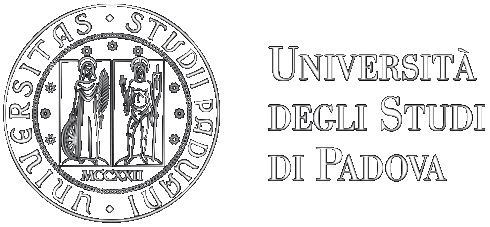Giovanni Canestrini (1835-1900) was appointed to the chair of comparative Zoology, Anatomy and Physiology at the University of Padua in 1869. Well-known for having translated the first Italian edition of the Origin of Species (1846), he had made a name previously through research in the fields of ichthyology, arachnology and anthropology.
In Padua he dedicated all his energies to arachnology, accumulating a collection of size and scope without precedent in Italy.
The material, which is currently being examined and catalogued, consists of over a thousand specimens preserved in ethanol, along with more than 400 microscopic preparations.
The collection of araneae (spiders) gathered by Giovanni Canestrini and Pietro Pavesi laid the foundations for the study of these animals at national level; Canestrini would describe 38 new species of Italian spiders. Most of the material in the collection is of Italian origin, and there are also items acquired through exchanges. The specimens include many holotypes, i.e. establishing the reference for taxonomy and zoological nomenclature.
In addition to spiders, the collection comprises numerous specimens of scorpions, pseudoscorpions and solifugae.
There are 122 opilione specimens preserved in ethanol, all of which European or from the north of Africa and Asia. These include holotypes of the species described by Giovanni Canestrini, who was also one of the fathers of international acarology.
He is responsible for having described numerous species from all over the world. The collection of mites and ticks numbers 460 specimens to date, all preserved in ethanol, and more than 400 microscopic preparations, examined only in part.


